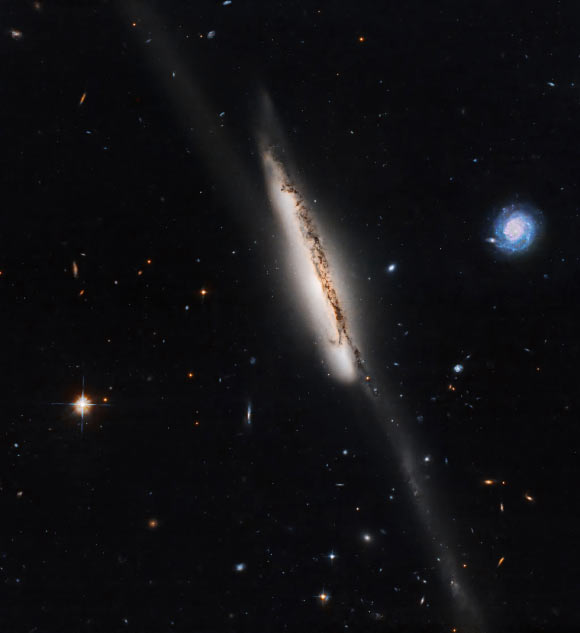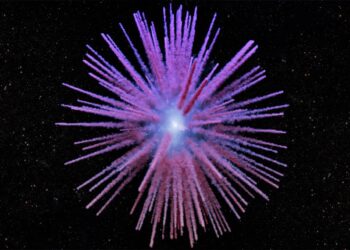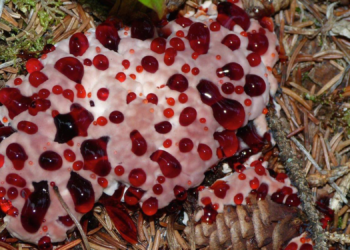Using the NASA/ESA Hubble Space Telescope, astronomers have taken a detailed image of part of a 250,000-light-year-long bridge of stars and gas that stretches between two member galaxies of the Arp 295 galaxy group.
Arp 295 resides approximately 270 million light-years away in the northeastern corner of the constellation Aquarius.
Listed in the catalog of Arp as a ‘double galaxy with long filaments,’ it consists primarily of two interacting spiral galaxies: Arp 295a and Arp 295b. The third member galaxy is Arp 295c.
There are visible tidal features — a luminous bridge connecting Arp 295a and Arp 295b, a long luminous tail extending from 295a, and a broad plume extending eastwards from Arp 295b.
“Arp 295a is the edge-on galaxy seen in the center of the new Hubble image, and Arp 295c is the smaller and bluer face-on spiral to its right,” the Hubble astronomers said in a statement.
“Arp 295b is off the top left of the image and not visible here.”
“Together, they are the largest of a loose grouping of galaxies located about 270 million light-years in the direction of the constellation Aquarius.”
“These galaxies have passed close enough together that their mutual gravity created this cosmic streamer,” they added.
“When galaxies pass close enough to gravitationally disrupt each other’s shape, they are known as interacting galaxies.”
“This type of interaction happens over billions of years and repeated close passages can result in the merger of the two galaxies.”
“Galactic mergers are thought to be common, and even our own Milky Way Galaxy is expected to merge with the massive, neighboring Andromeda galaxy in about 4 billion years.”
Read the full article here







